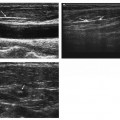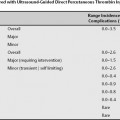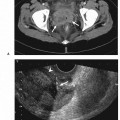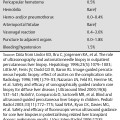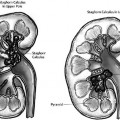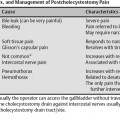23 Sonohysterography Fig. 23.1 Instruments used for a sonohysterography are shown: plastic tray for cleaning lotions and sponges, ring forceps, long forceps for insertion of catheter, sterile gel, 20-mL syringes, small syringe for balloon catheter, Foley catheter or infant feeding tube, small jar for saline, large-sized gloves for covering transducer, plastic cover for transducer cable.
Indications
Contraindications
Absolute Contraindications
Relative Contraindications
Types of Procedures
Gynecological Pelvic Ultrasound
Hysterosalpingography
Hysteroscopy
Preprocedural Evaluation and Preparation
Timing of Procedure
Choice of Catheters
Technique
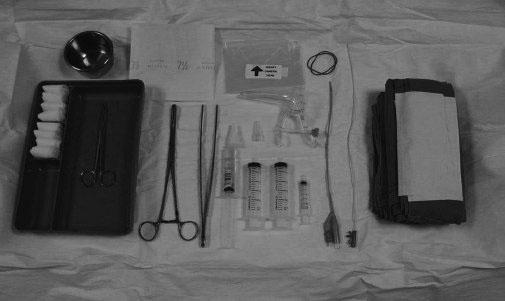
Stay updated, free articles. Join our Telegram channel

Full access? Get Clinical Tree


